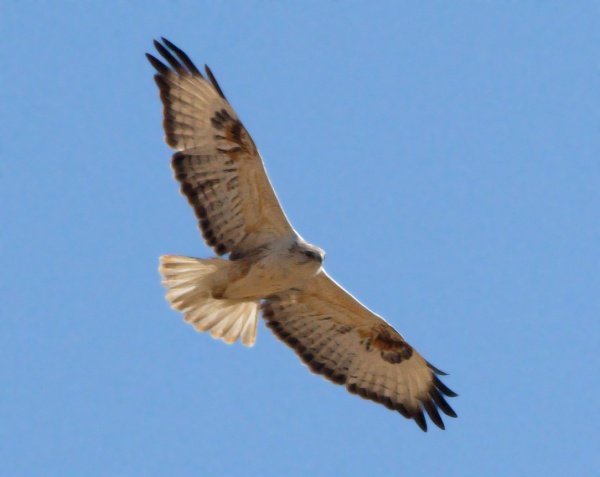Facts About Long-legged buzzard
The long-legged buzzard, a member of the Buteo genus, is often regarded as a larger and more robust relative of the rough-legged buzzard. It stands out as one of the largest species within the Buteo family, with females being distinctly larger than males. These birds boast a distinctive plumage that can vary but typically features an orange tint, a red or orange tail, a pale head, white underwings, a black carpal patch, and a dark trailing edge on the wings. They inhabit dry, open plains across northern Africa, southeastern Europe, western and central Asia, and central India. Their diet primarily consists of small rodents, lizards, snakes, small birds, and large insects.
Long-legged buzzards prefer habitats with tall bushes, trees, cliffs, or small hills, and they favor open, uncultivated areas for nesting. They can be spotted in regions such as Apulia in Italy and Greece. Interestingly, a subspecies known as the African Long-legged Buzzard (Buteo rufinus cirtensis) is gradually expanding into Europe due to climate change. Recently, this North African subspecies has even been found breeding in southern Spain.
In the Judean Mountains, reforestation efforts are displacing long-legged buzzards from their typical habitats, compelling them to relocate to the Judean Foothills where they compete with the short-toed snake eagle. There are two recognized subspecies: Buteo rufinus rufinus, which ranges from the Balkans to Mongolia and India, wintering in Africa, and Buteo rufinus cirtensis, found in Northern Africa and the Arabian Peninsula. The Iberian Peninsula is anticipated to become a favorable breeding ground for the African Long-legged Buzzard, facilitating its northward expansion into Europe.

 Armenia
Armenia